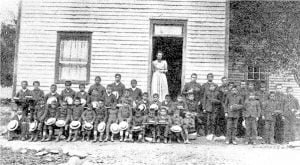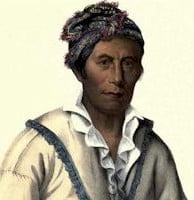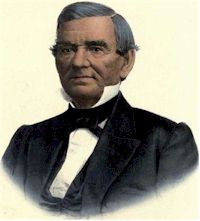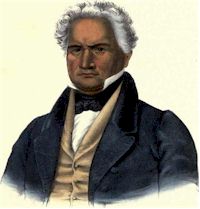Condition of the North Carolina Indians in 1890
The statistics and condition of the Indians given in the present bulletin, as provided in the census law of March 1, 1889, show the status of the Eastern Band of Cherokees of North Carolina, with incidental mention of the Eastern Cherokees. These Indians are taxed, have developed into good citizens of the United States, and vote in North Carolina. They are almost entirely self-supporting, receiving only a small allowance from the United States for educational purposes. A few mechanics are found among them, but their chief occupations are farming, lumbering, and day labor. They are a moral, law-abiding, and industrious … Read more





